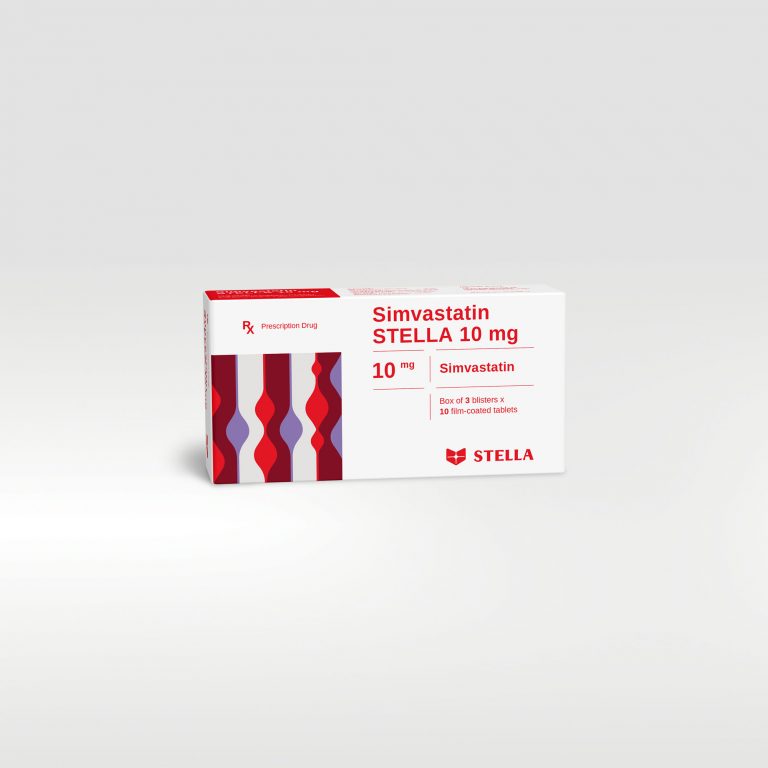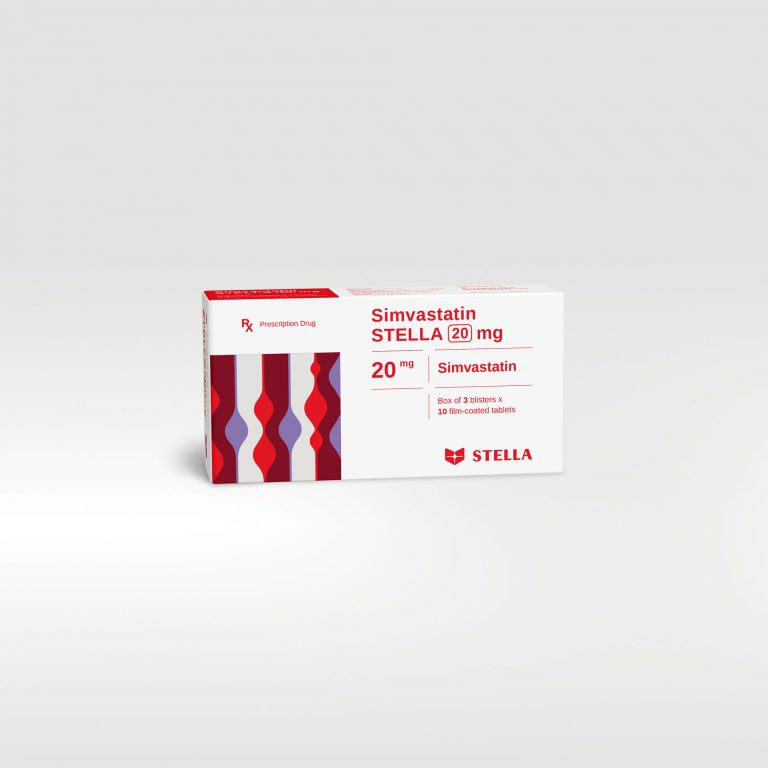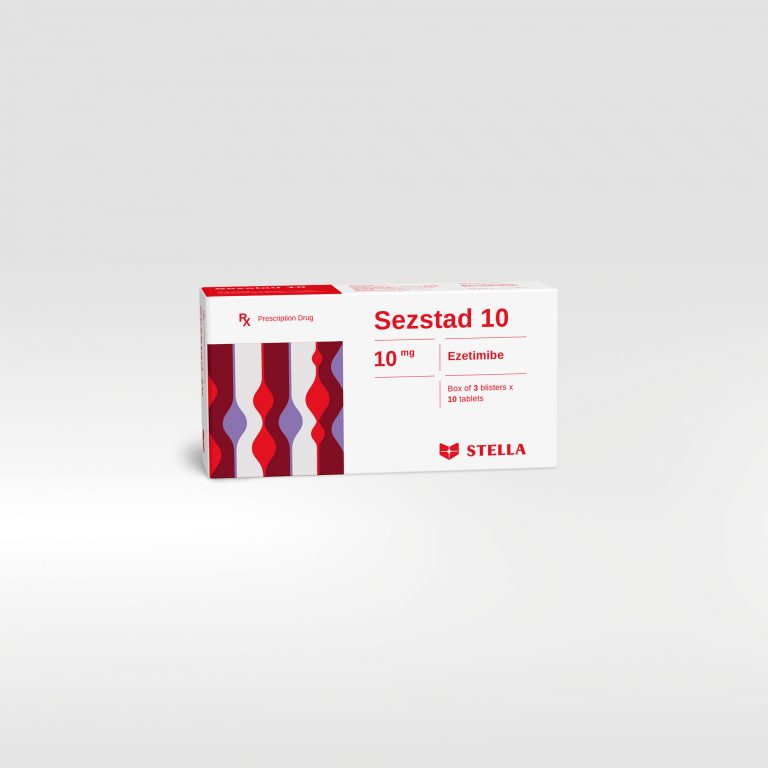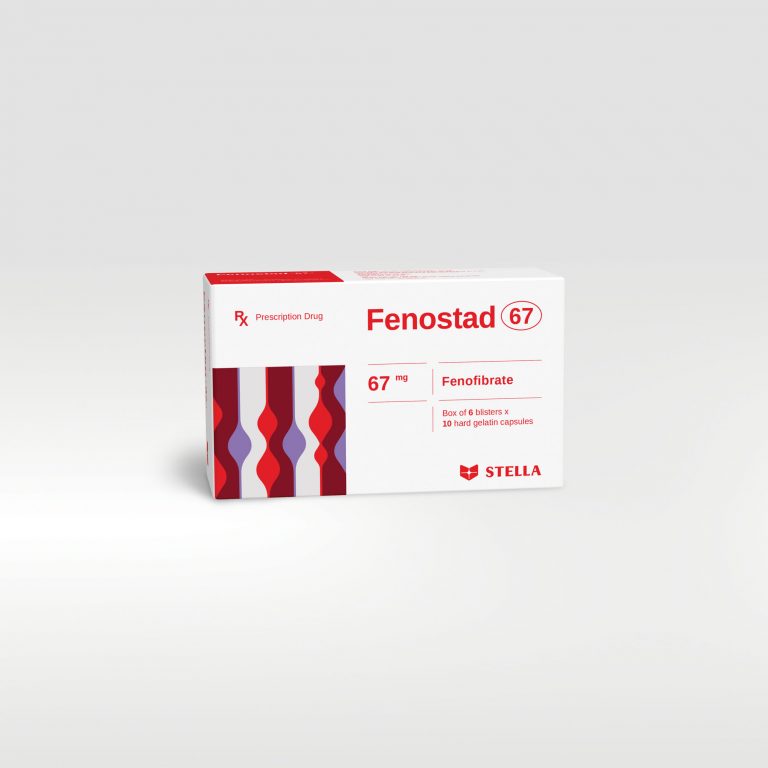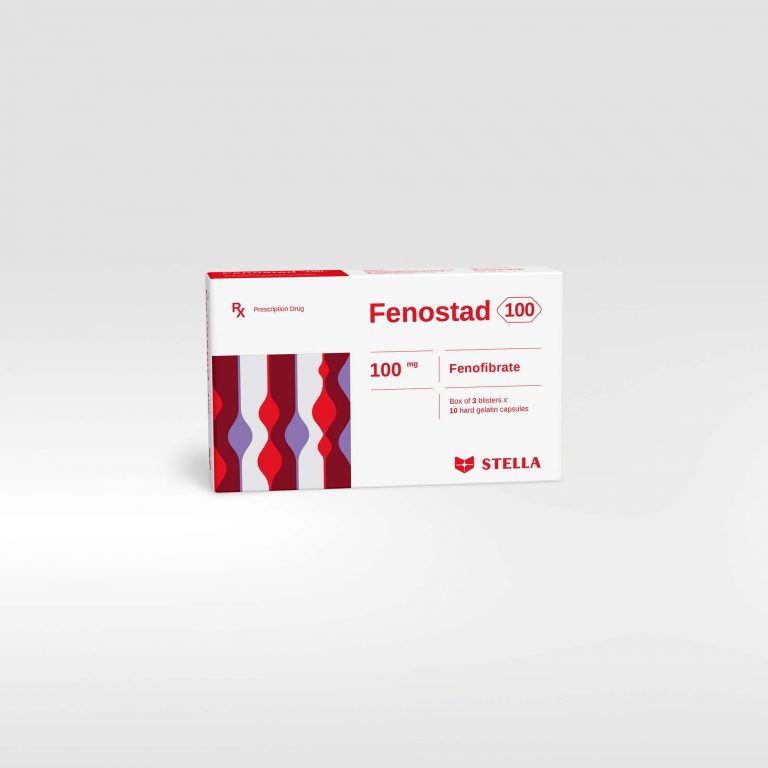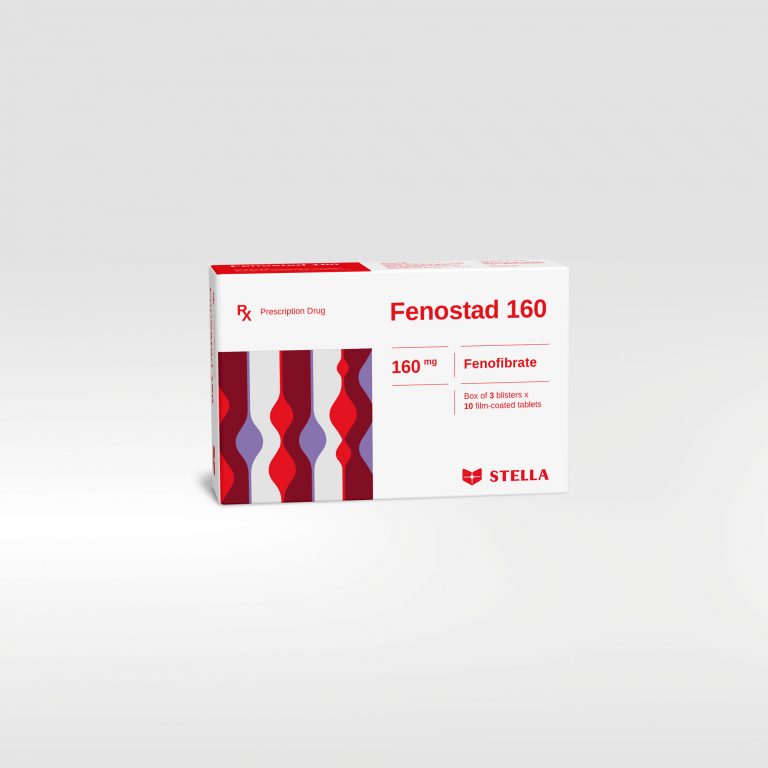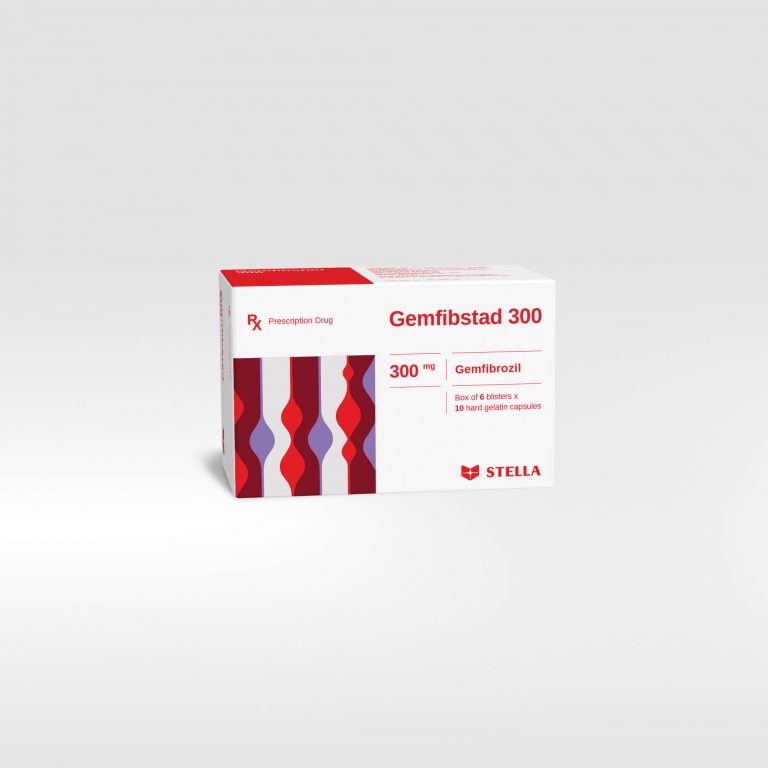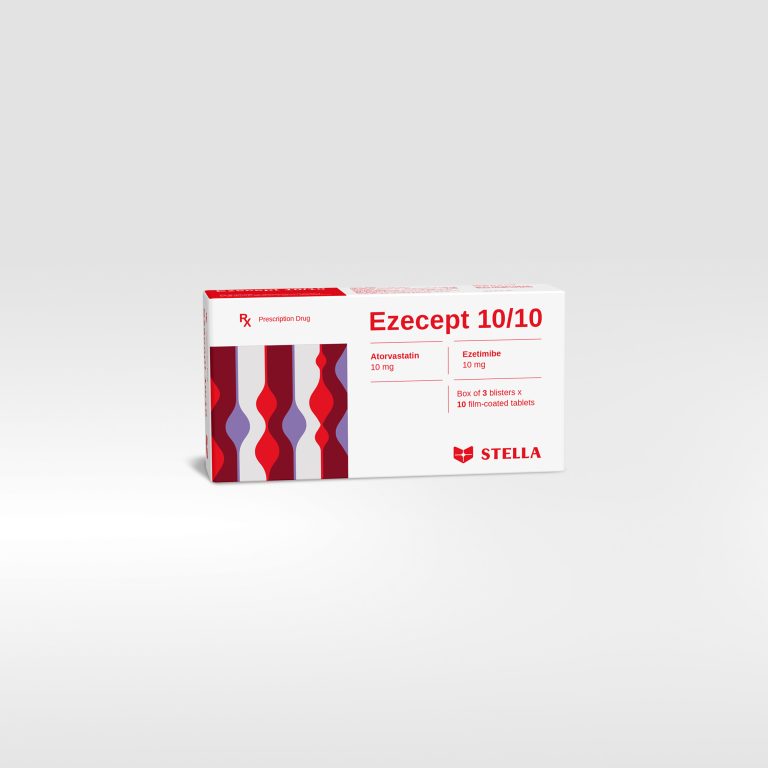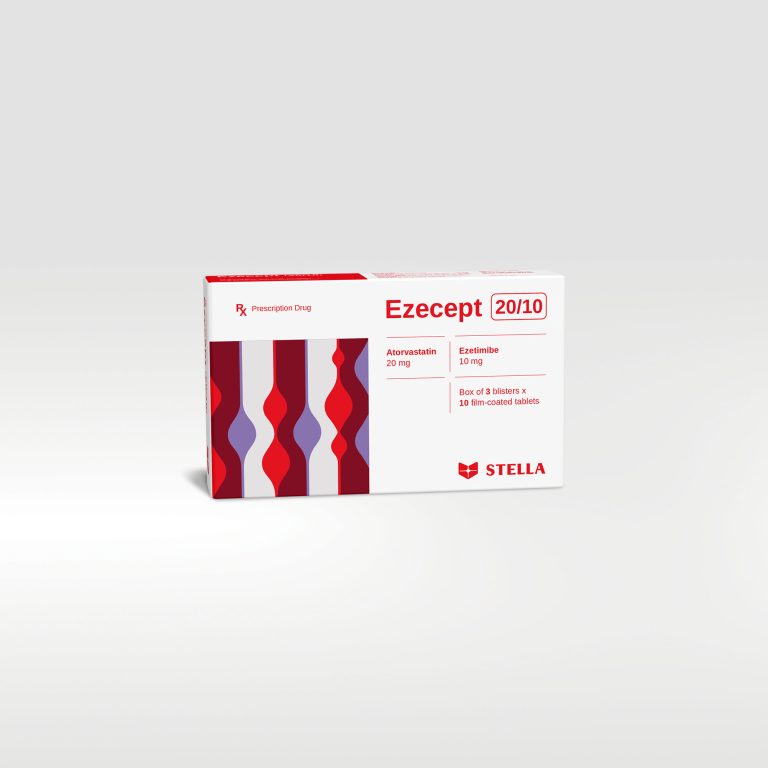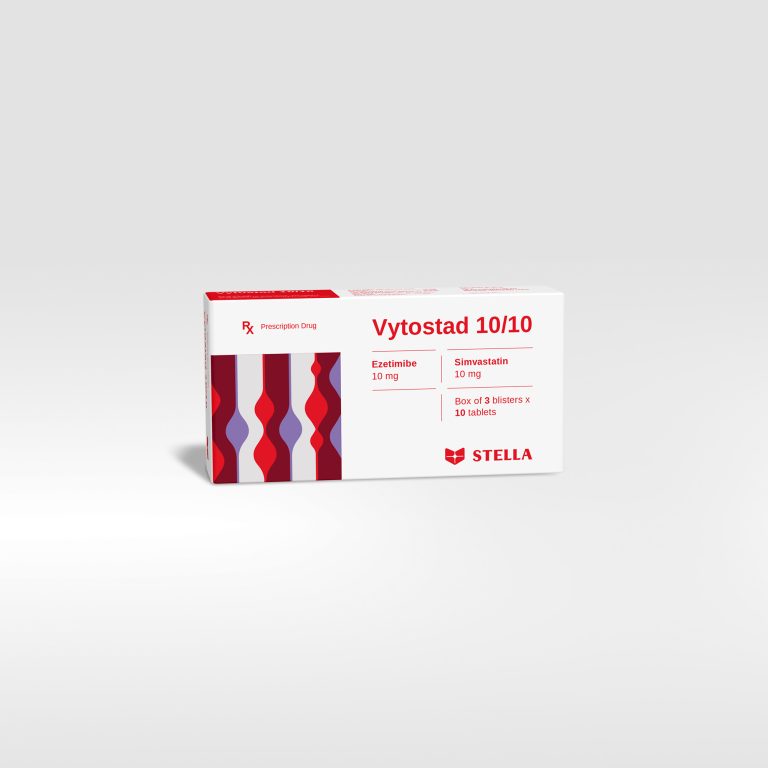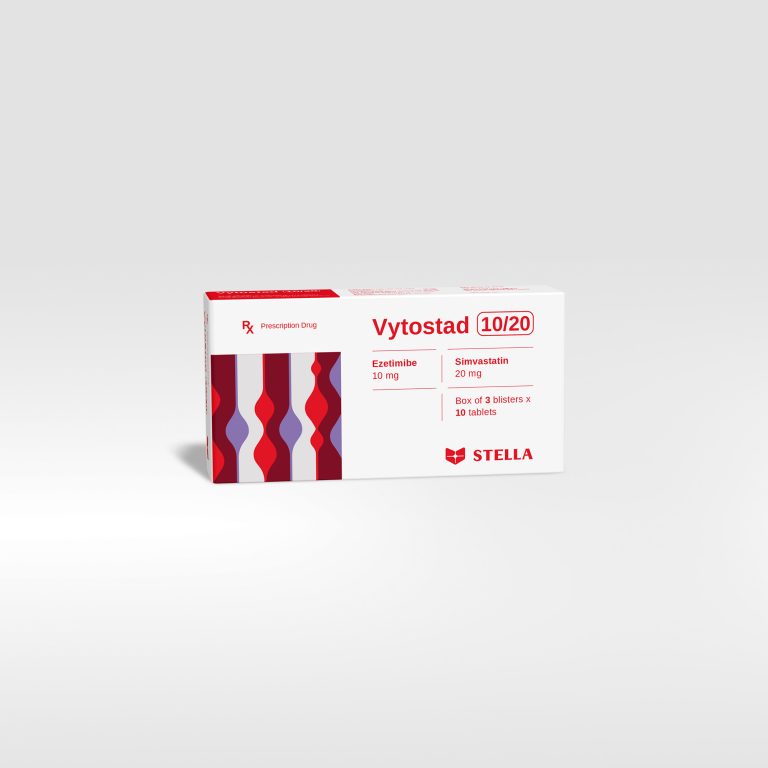Rosuvastatin STELLA 20 mg Rx
Rosuvastatin reduces total cholesterol (total-C), LDL-cholesterol, apolipoprotein B, and non HDL-C (total cholesterol minus HDL-C) in patients with homozygous and heterozygous familial hypercholesterolemia (FH), nonfamilial forms of hypercholesterolemia, and mixed dyslipidemia. Rosuvastatin also reduces triglyceride and produces increases in HDL-cholesterol.
| Pack size | Box of 30 tablets |
| Shelf-life | 36 months |
| Composition | Rosuvastatin |
| Dosage forms and strengths | Film-coated tablet: 20 mg |
Product code :


